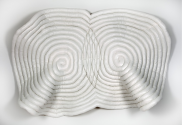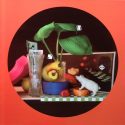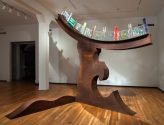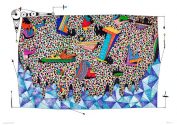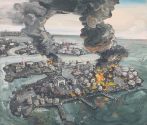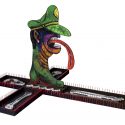
Luis Cruz Azaceta: Dictators, Terrorism, War and Exiles explores the human impact of war and isolation. Newark, New Jersey—Aljira, a Center for Contemporary Art is pleased to present Bending the Grid. Luis Cruz Azaceta: Dictators, Terrorism, War and Exiles, a major survey exhibition of paintings by a leading Cuban-American artist which explore the possibilities of formal experimentation with political and social issues. Redefining Expressionist painting into a humanist narrative, Cruz Azaceta bears witness to the impact of war and isolation. An opening reception, gallery walk and catalog signing will take place on January 23, 2014 from 6 to 9pm with the artist and curator Alejandro Anreus, PhD., Professor of Art and Latin American Studies, William Patterson University, NJ. Luis Cruz Azaceta was born in Havana, Cuba. As a teenager, he witnessed many acts of violence on the streets of Havana which created within him a sensitivity towards violence, human cruelty, injustice and alienation—later these became central themes in his work. At 18 years-old, Cruz Azaceta left Cuba for New Jersey then, New York City. In 1969 he graduated from the School of Visual Arts in Manhattan. Cruz Azaceta’s “apocalyptic pop” style characterized his initial entry into the art world. By the end of the 1970s Cruz Azaceta was working in a highly personal vocabulary that synthesized bold colors and thick outlines. Today he is considered one of the great expressionists, utilizing the artform as a social and moral force.
Read More




